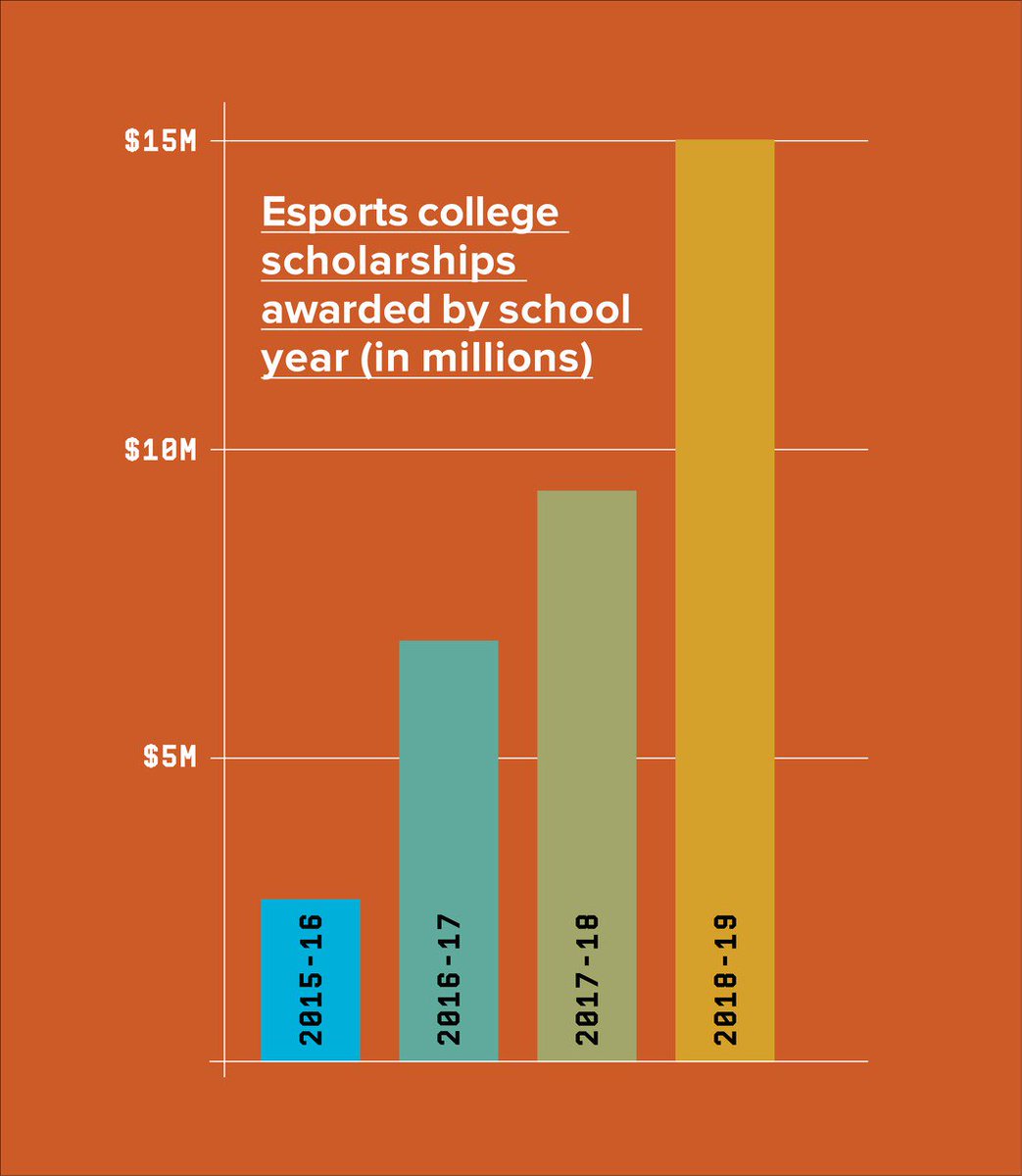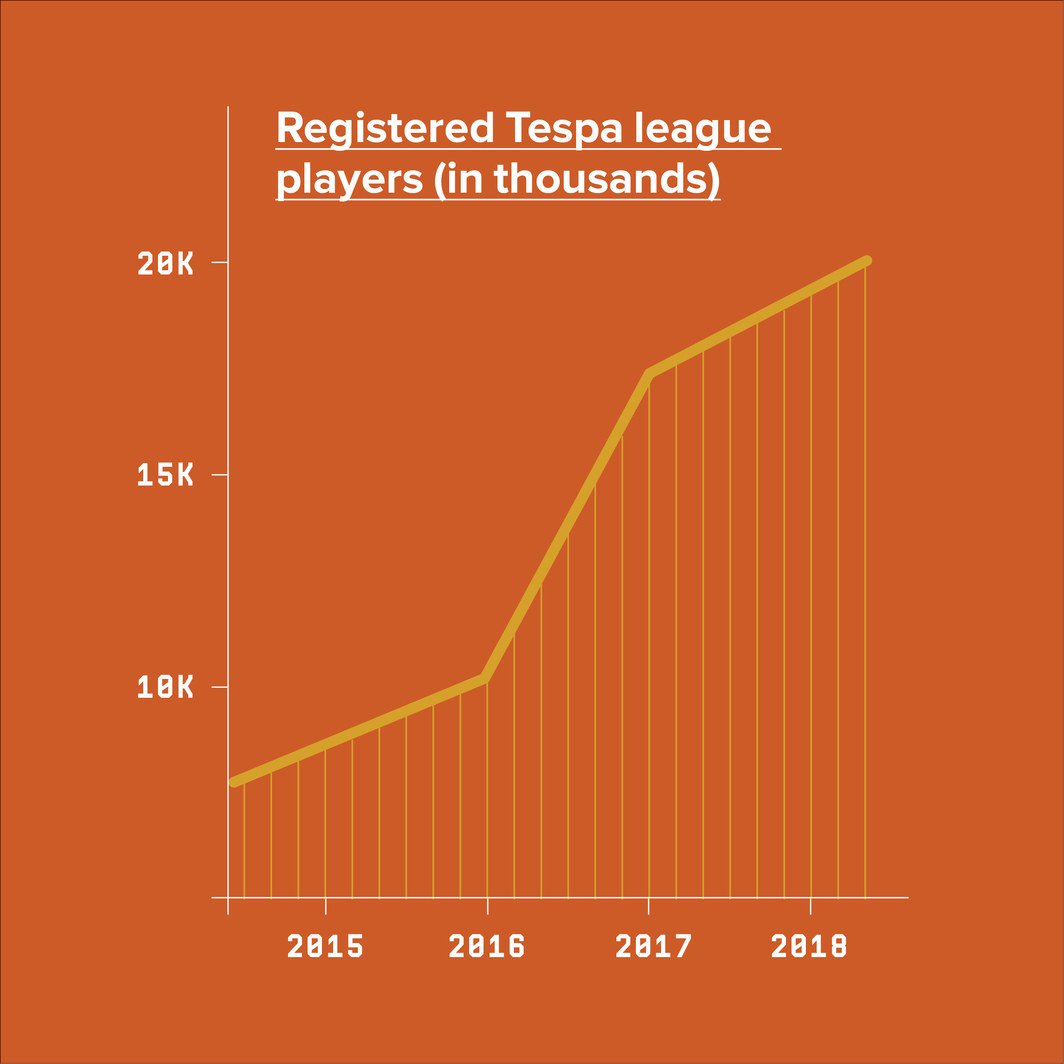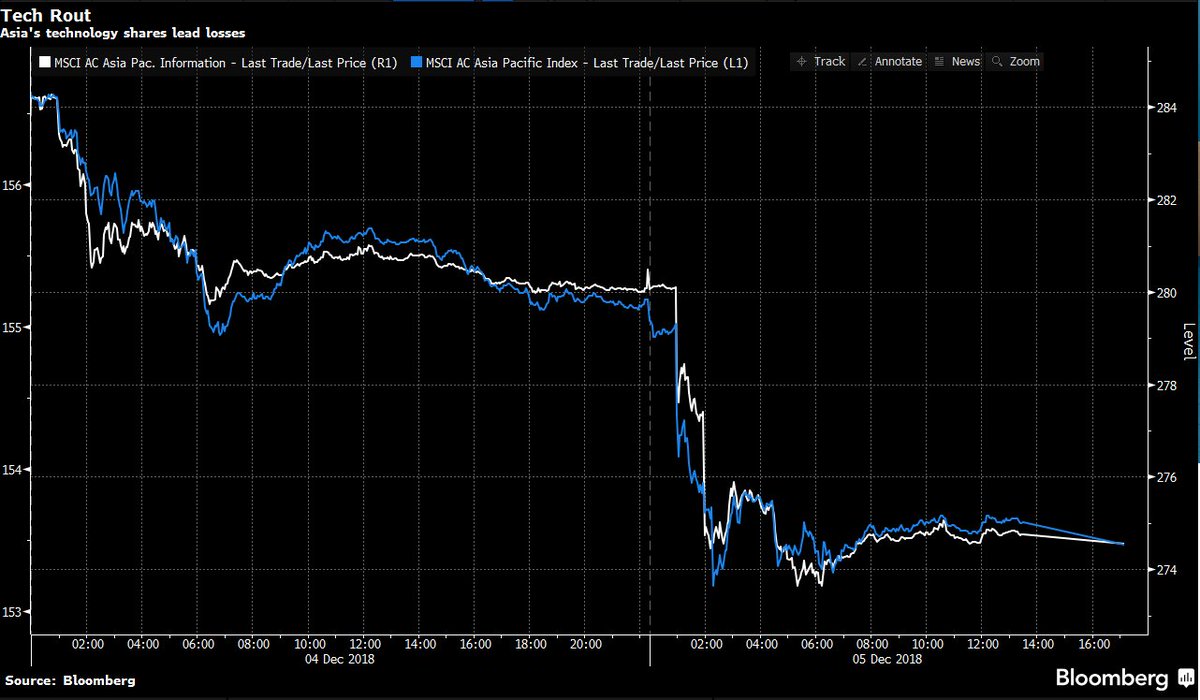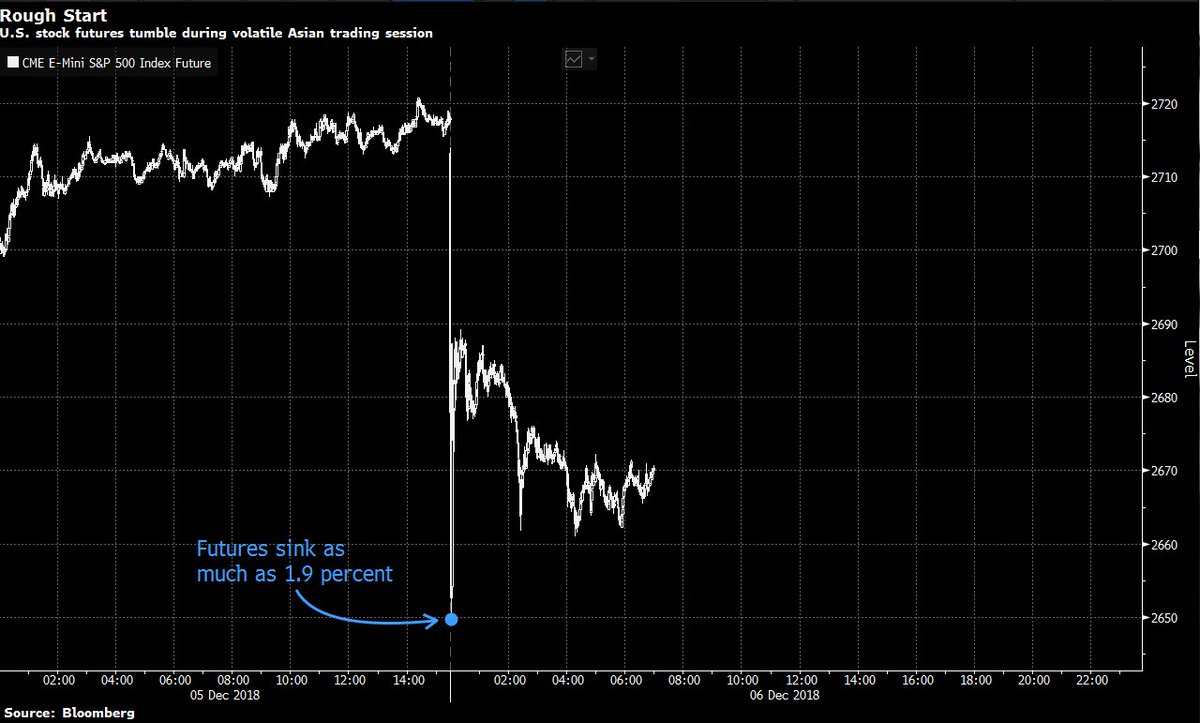"Over the past five years East Asia’s current-account surplus has averaged about $525bn annually, a touch higher in cash terms than the average in the five years preceding the 2008 crisis."
1/x
economist.com/finance-and-ec…
Drawing on World Bank numbers, they put regional savings in East Asia and the Pacific at around 35% of regional GDP (about where it was in the 1990s)
2/x
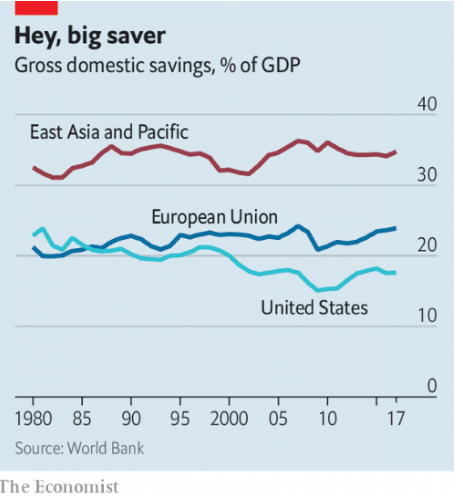
That group's savings is around 40% of their collective GDP -- as high as it has ever been
3/x
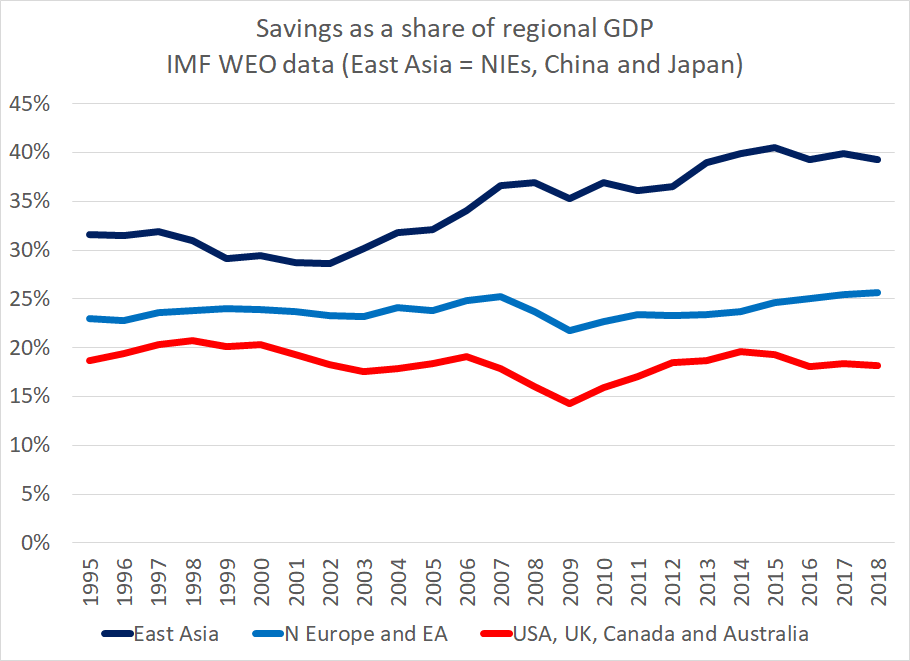
4/x
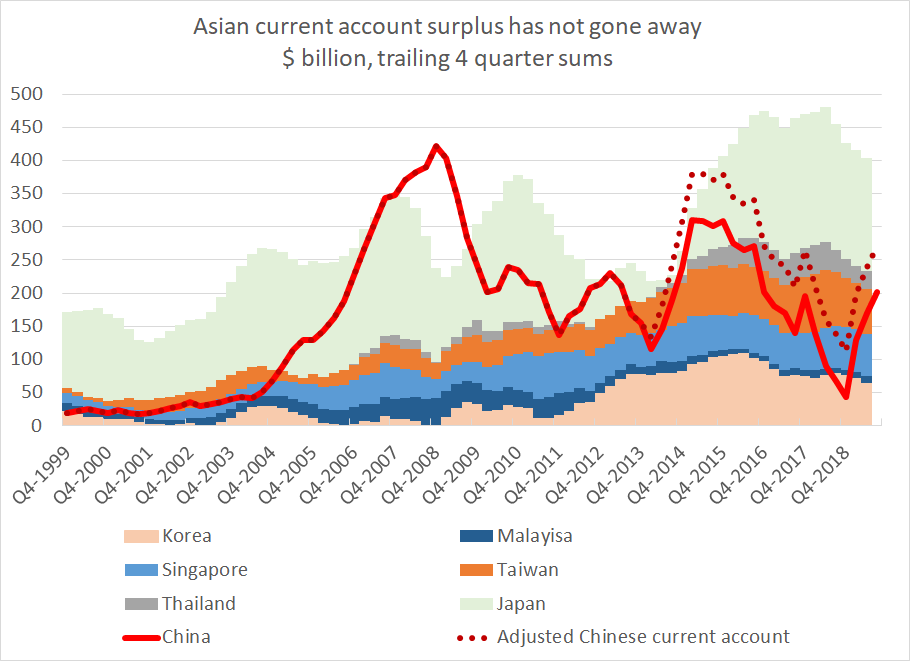
5/x
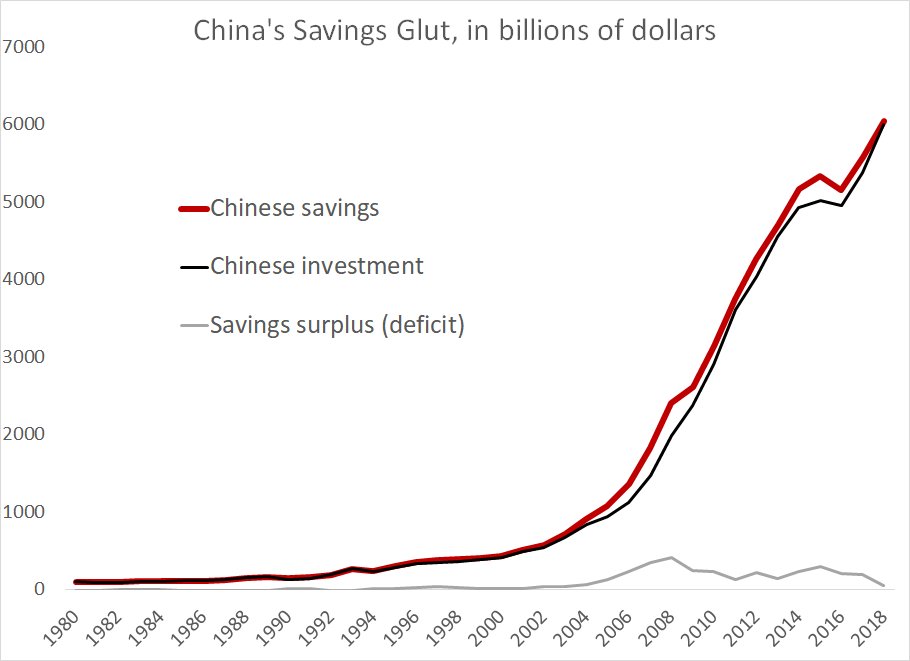
As 2010 is a generous starting point. Try going back to 1996 ...
6/x
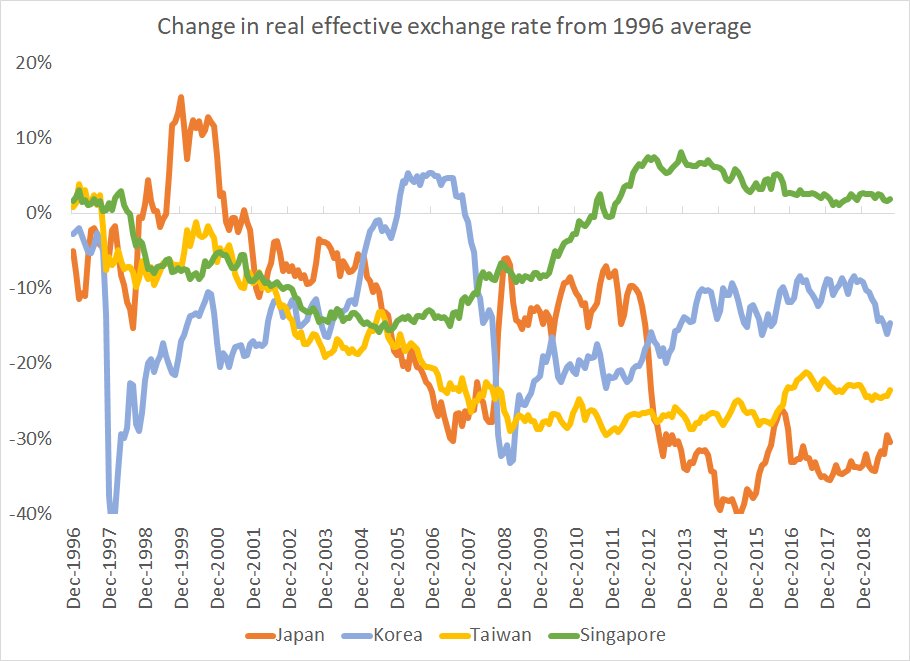
7/x
"Some countries have also taken steps to make their role in currency markets more transparent"
8/x
9/x
10/x
(I should note that my central estimate of the size of their undisclosed swap book puts it at ~ 25% of their disclosed reserves. 40% of the upper bound)
10/10






